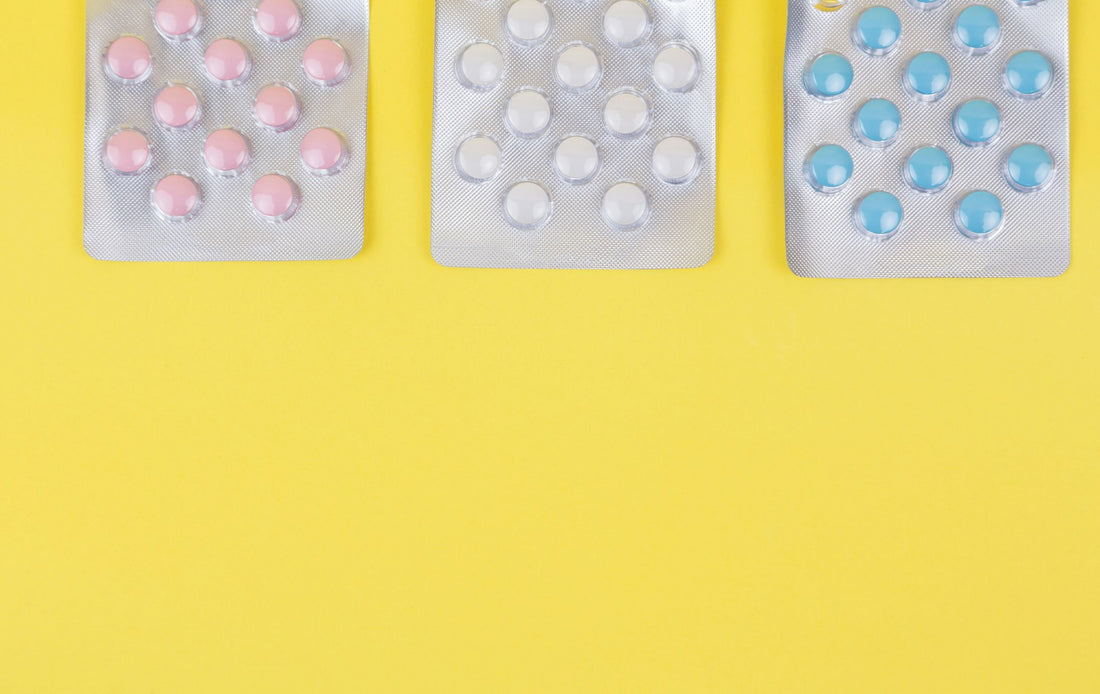Oestrogen therapy for menopausal women
During menopause, the production of oestrogen in the body decreases. This can lead to a variety of symptoms and problems. One of the most common ways to relieve menopausal symptoms is to use medicines containing the hormone oestrogen. Taking oestrogen replaces the oestrogen that the body no longer produces itself. Treatment with oestrogen can be used in two ways, either throughout the body or locally in the vagina. When using the oestrogen for the whole body, it is important to take it in combination with progesterone, because oestrogen thickens the mucous membrane. Progesterone and gestagen are two types of yellow-body hormone that prevent the lining of the womb from growing. Medicines containing both oestrogen and progesterone or gestagen can come in different forms, such as patches, tablets, gels or skin sprays.
Oestrogen is a group name and includes oestradiol and oestriol. Oestradiol is used to relieve symptoms such as sweating, vaginal discomfort and hot flushes, and is therefore used throughout the body along with cortisol. Because oestriol is only used locally in the vagina, it does not have to be combined with progesterone.
Herbal therapies for menopause
Herbal medicines can also be used to relieve menopausal symptoms such as heavy sweating and hot flushes. The collective name for plant hormones is phytoestrogen and they are found in a variety of plants such as herbs, soya, fruits and nuts. They can relieve symptoms in a similar way to oestrogen and may be an option for women at increased risk of breast cancer, endometriosis or who are allergic to progesterone and cannot use oestrogen therapy. Medicines containing plant hormone from medicinal silverax have been shown in studies to reduce symptoms by up to 80%, although the effect of the products is not fully known. Contraceptives during menopause
You can still get pregnant during the pre-menopause stage, even if your periods become less frequent. Twelve months after your last menstruation, you can't get pregnant anymore. Therefore, you can continue using contraception well into menopause.
The combined oral contraceptive pill contains both oestrogen and progesterone. As the oestrogen is replenished, it can be difficult to know when the body's own oestrogen level drops. However, the pill should not be used to treat menopausal symptoms as it contains an unnecessarily high dose of oestrogen.
Progestogen-only pill
Unlike classic contraceptive pills, the progestogen-only pill contains only the hormone progestin. As mentioned above, it prevents the growth of the mucous membrane of the uterus, making the secretions too thick and preventing sperm from passing through. You can continue taking the progestogen-only pill if you have irregular bleeding and bleed occasionally, as this means you are still ovulating.
Hormonal IUDs
When using a IUD, most people do not experience any bleeding, so it can be difficult to know when menopause starts. If you are being treated with oestrogen for menopausal symptoms, you can keep your hormonal IUD. This is because hormonal IUDs contain gestagen, which is a good complementary treatment to the use of oestrogen. If you are wondering if you are in the menopause or if you are unsure, you can talk to your gynaecologist.
When should I stop treatment?
Unfortunately, there is no specific test to see how long your menopausal symptoms will last. The only way to see if you need to continue with your treatment is to take a break and see if you still experience problems. It is important not to stop your medication abruptly, but to do it gradually. If you have been off your medication for over a month and have not experienced any problems, you can stop it completely. Always talk to your doctor before changing the dose of your medication. Most women get rid of their sweating and hot flushes five to seven years after their last period while for others, it takes longer.

